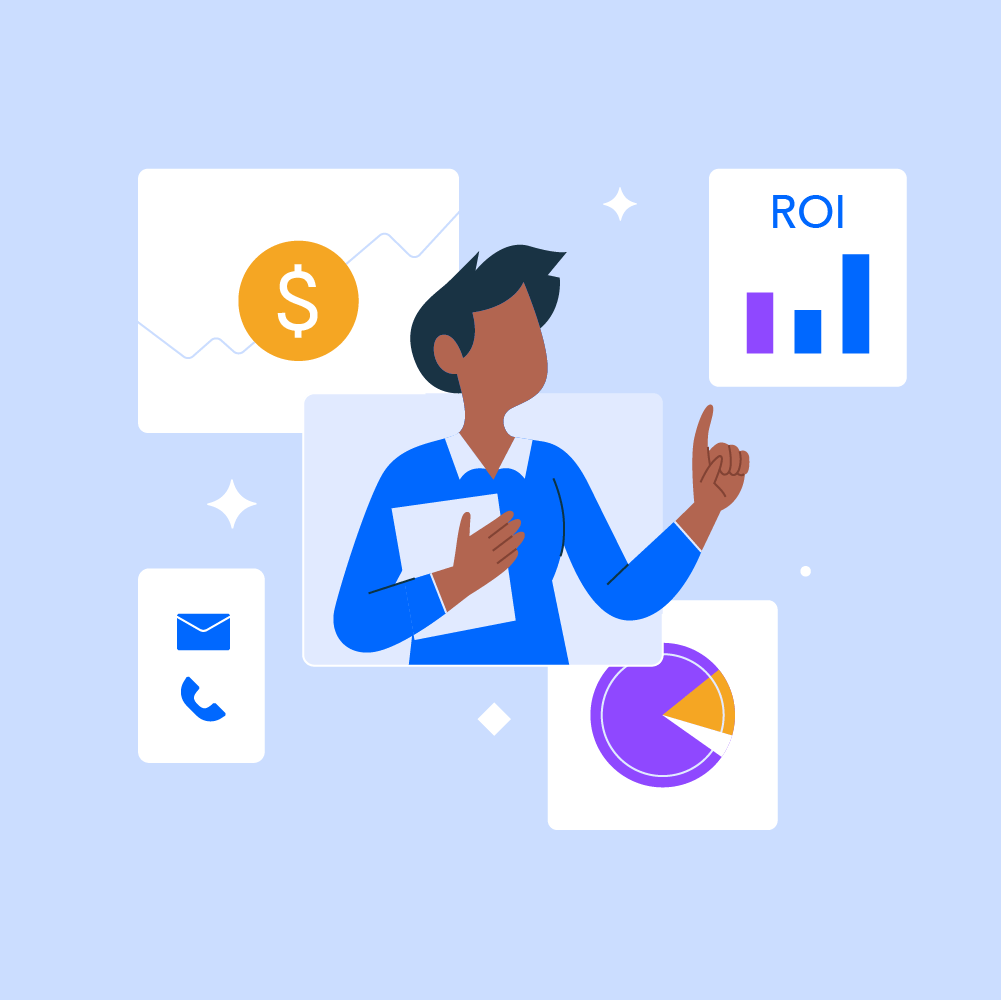This article will cover the best practices in customer success, sales, and onboarding for SaaS companies.
Last week we met with a SaaS business that in our view is doing literally everything right. Below some of my notes which I think any software executive will find helpful.
Customer Success in SaaS
Customer Success reps specialize in an industry. Reps are then able to speak the customer’s language and develop some real domain expertise the customer appreciates. Additionally, CS reps do not manage a certain number of accounts. Instead, CS reps manage a certain amount of MRR.
Performance of the CS team overall is monitored, but it’s also monitored down to the representative level — CS reps are expected to have no more than 2% gross churn each quarter. Finally, CS reps touch their clients a lot: for the largest customers, contact is weekly. For the smallest customers, contact is monthly. Depending on the size of the customer there may also be comprehensive quarterly, semi-annual, or annual reviews with the client.
To make CS’ life easier, the company has figured out exactly who their customer is and sells only to those customers who have a deep need for the product. As a result the company enjoys fantastic net dollar retention rates with upgrades far outpacing downgrades and churn.
Whenever CS identifies an upgrade opportunity, the opportunity sent back to the sales team. The company believes CS should be focused on customer success rather than selling. The company is going to put a commission structure in place for CS reps that flip leads of this time to account executives, but the close will strictly be up to sales & marketing.
Building a Customer Onboarding Program for SaaS Products
Customer onboarding lasts 60 days. Onboarding is not a source of revenue, rather it is a time for the customer to become comfortable with the product.
Data on how frequently clients are using the product is critical early on. The company offers additional training if a client isn’t using the product as much as expected in the first 30 days. At day 30, there is a progress check to make sure the customer is adopting. From week 5 to 8, there is a once a week check in.
At day 60, things will become more customer success focused and touch will be based on size of client.


Photo Credit: ChartMogul Screenshot of Zapier Onboarding Email (https://blog.chartmogul.com/a-guide-to-saas-customer-onboarding/)
Sales & Marketing
The company believes in promotion from within. One in three SDRs get promoted to a sales position. Additionally, promotions happen fast. Employees are either promoted in 6 months or they’re out.
The company also believes young and hungry beats old and experienced. They will hire SDR’s and sales reps who show ambition versus the ones with the deepest rolodex.
To the company, hiring sales talent straight out of college is a good thing. Even though the company has SDR’s, account executives do some prospecting on their own every day. SDR’s should be making 75 calls per day and 45 custom emails to prospects.
SaaS Patents
The company does have some patents, but they’re not wasting resources and money trying to enforce them.
Rather they got the patents so that an acquirer will find the business more attractive because they acquirer can then go out and enforce the patents against competitors.
It’s an interesting approach to patents that to me has lots of upside (an acquirer sees the value and pays up) and limited downside (you’re not spending lots of time and money trying chasing down cease and desist situations).
Sammy is a co-founder of Blossom Street Ventures. We invest in companies with run rate revenue of $2mm+ and year over year growth of 50%+. We lead or follow in $1mm to $5mm growth rounds and can do inside rounds, secondaries, restructuring, and special situations. We’ve made 16 investments all over the US in SaaS, e-commerce, marketplaces, and low-tech. We can commit in 3 weeks and our check is $1mm. Email Sammy directly at sammy@blossomstreetventures.com.




